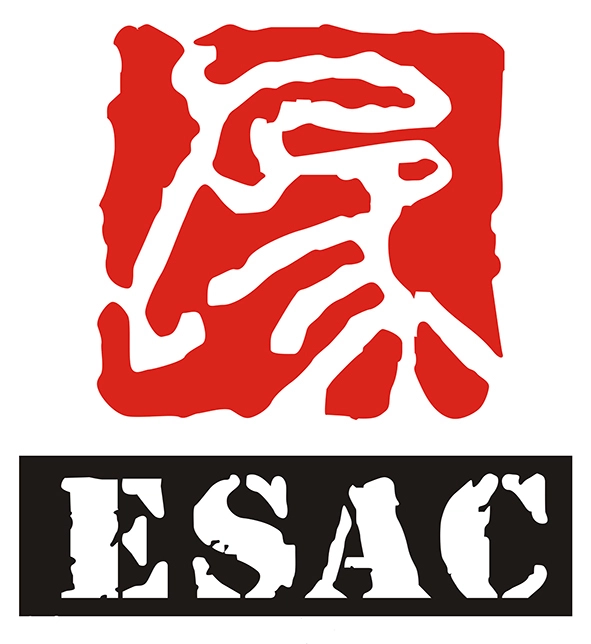5,000+ Entertainment Design Cases, 20+ years Amusement Industry Experience - ESAC Design Sales@esacart.com+086-18024817006
Best Practices For Designing Indoor Playgrounds In Public Spaces
As kids spend more time indoors due to various reasons like technology and safety concerns, the need for well-designed indoor playgrounds in public spaces has become increasingly crucial. Creating a safe, enjoyable, and engaging indoor playground can offer numerous benefits for children, families, and the community as a whole. In this article, we will explore the best practices for designing indoor playgrounds in public spaces to ensure that they are not only fun but also functional and safe.
Engaging Design Elements
Creating an engaging indoor playground starts with incorporating elements that capture children's attention and spark their imagination. When designing the layout of the playground, consider using vibrant colors, unique shapes, and interactive features like slides, tunnels, and climbing structures. Including themed play areas can also enhance the overall experience for children, giving them the opportunity to explore different worlds and scenarios through play.
To maximize engagement, it's important to create age-appropriate play zones within the indoor playground. By dividing the space into areas specifically tailored to different age groups, you can ensure that children of all ages have access to activities that are challenging yet safe. For younger children, consider including soft play areas, sensory experiences, and low-level climbing structures. Older children may benefit from more complex obstacles, interactive games, and opportunities for physical activity.
Safety Considerations
Safety should always be a top priority when designing indoor playgrounds in public spaces. To create a safe environment for children, be sure to follow relevant safety guidelines and regulations, including those set forth by organizations like ASTM International and the International Play Equipment Manufacturers Association (IPEMA). Implementing safety measures such as soft flooring materials, rounded edges, and secure anchoring for equipment can help reduce the risk of injuries during play.
In addition to physical safety features, consider incorporating security measures to ensure that children are supervised and protected while using the indoor playground. Installing security cameras, employing trained staff members, and implementing check-in procedures can help monitor the space and prevent accidents or incidents from occurring. Educating parents and caregivers about playground rules and safety guidelines is also essential to create a safe and welcoming environment for all visitors.
Inclusive Design Practices
When designing indoor playgrounds in public spaces, it's important to consider the needs of all children, including those with disabilities or special requirements. Implementing inclusive design practices can help create a playground that is accessible to children of all abilities and ensures that everyone can participate in play activities. Consider installing wheelchair-accessible equipment, sensory-friendly elements, and quiet spaces for children who may need a break from stimulation.
Inclusive design also extends to considering diverse cultural backgrounds and experiences when creating indoor playgrounds. Including elements that reflect different cultures, traditions, and languages can help create a welcoming and inclusive environment for children and families from various backgrounds. Providing signage in multiple languages, incorporating multicultural themes, and celebrating diverse holidays and events can enhance the overall experience for visitors and promote cultural understanding and appreciation.
Interactive Learning Opportunities
In addition to being fun and engaging, indoor playgrounds in public spaces can also offer valuable learning opportunities for children. By incorporating interactive elements that encourage creativity, problem-solving, and collaboration, you can help children develop important skills while they play. Consider including educational games, puzzles, and activities that promote learning in areas such as math, science, language, and social studies.
To maximize the educational value of the indoor playground, consider partnering with local schools, libraries, museums, or other educational organizations to develop interactive programs and events. Hosting workshops, classes, and educational performances within the playground space can help children make connections between play and learning while providing valuable resources for families and educators. By integrating educational components into the design of the playground, you can create a space that not only entertains but also enriches the minds of young visitors.
Maintenance and Sustainability
Ensuring the long-term success of indoor playgrounds in public spaces requires careful consideration of maintenance and sustainability practices. To keep the playground safe, clean, and visually appealing, establish a routine maintenance schedule that includes regular inspections, cleaning, and repairs. Implementing clear guidelines for upkeep and maintenance can help prolong the life of playground equipment and ensure that it remains in optimal condition for years to come.
In addition to maintenance, consider incorporating sustainable design practices into the indoor playground to reduce environmental impact and promote eco-friendly behaviors. Using recycled materials, energy-efficient lighting, and water-saving features can help minimize the playground's carbon footprint and contribute to a more sustainable future. Educating children and families about sustainability through interactive exhibits, educational programs, and hands-on activities can also help promote environmental awareness and conservation efforts within the community.
In conclusion, designing indoor playgrounds in public spaces is a multifaceted process that requires careful planning, creativity, and attention to detail. By incorporating engaging design elements, prioritizing safety, practicing inclusive design, offering interactive learning opportunities, and focusing on maintenance and sustainability, you can create indoor playgrounds that are not only fun and functional but also beneficial for children, families, and communities. By following these best practices, you can design indoor playgrounds that provide safe, inclusive, and educational environments where children can play, learn, and grow.






